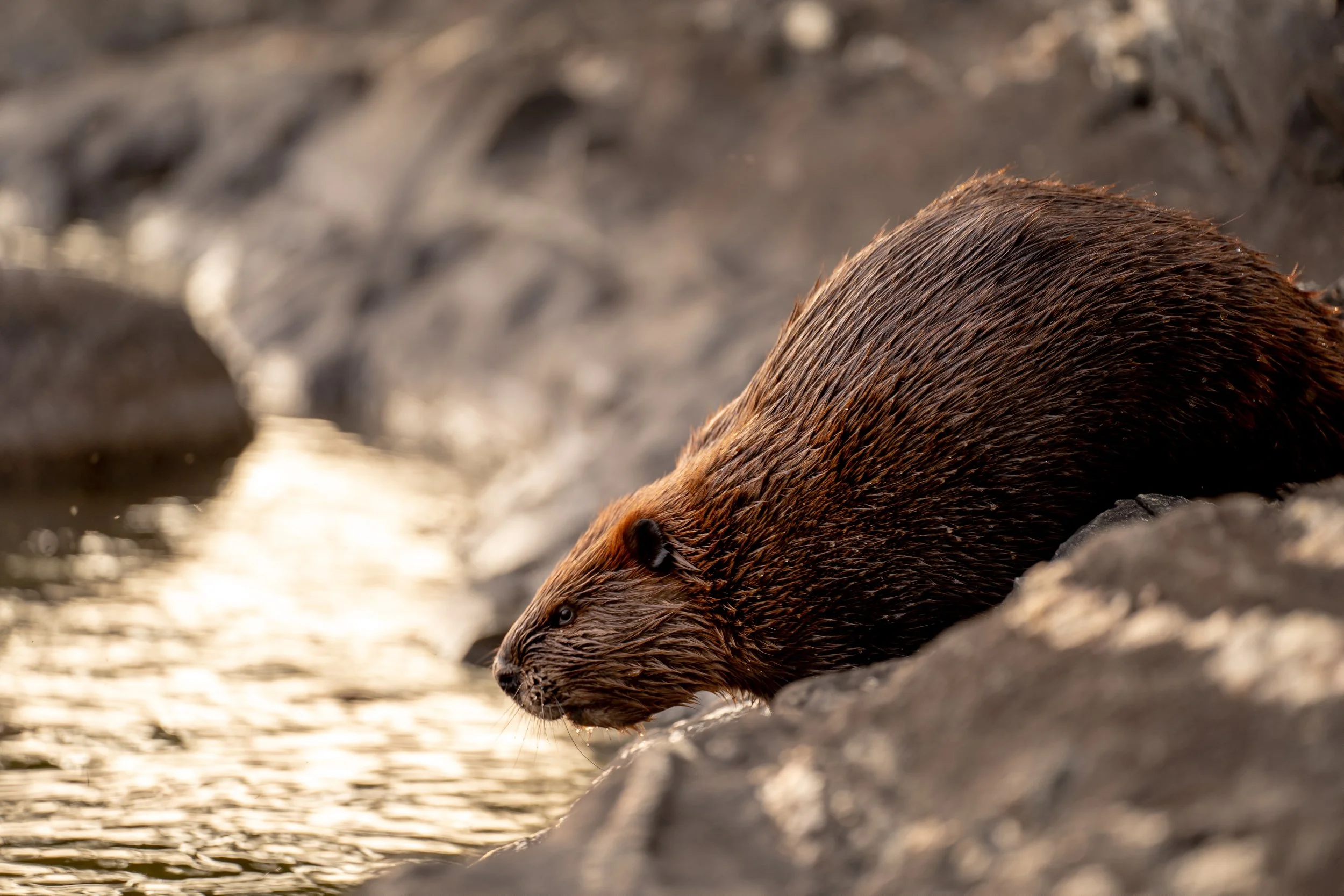Your neighborhood beaver: Friend or Foe?
/While beavers can improve the health and resilience of streams and benefit ecosystems as a whole, there can still be complications that come with these industrious neighbors. Not only can beavers damage trees and landscaping, but they can flood roads, driveways, agricultural lands, wells, and septic drain fields. Fortunately, there are ways you can protect your property while allowing beavers to co-exist with you and your family.
Snohomish Conservation District staff may be able to provide you with expertise and financial assistance to help you:
assess your beaver situation and identify management options
develop a beaver management plan
obtain permits for beaver management work
install beaver management devices like exclusion fences on existing dams, culverts, or other structures
install protective tree caging
install native wetland plants along beaver pond
If your beaver pond’s water level is posing a risk to infrastructure or safety, a notch exclusion fence might be an option. If beavers are plugging up a culvert under a road or your driveway, a device called a beaver deceiver can be installed to encourage them to build their dam elsewhere.
To install either of these devices, you will need a permit from the Washington State Department of Fish and Wildlife, but the cost of the permit and construction supplies are fairly low.
Benefits to People
Changes to the landscape in our region, including the loss of wetlands, forests, and beaver dams, have resulted in more frequent and higher levels of flooding than in the past. Climate change is also causing more intense periods of rainfall during the rainy season, resulting in sudden, high-flow events. Beavers can help us be more resilient to these changes because their dams act like speed bumps in streams and slow the water velocity, which can reduce erosion and downstream flooding.
Beavers can also help counteract some of the effects of the hotter, dryer summers we’re experiencing with climate change. A King County study showed water temperatures downstream of beaver ponds were 4.5 degrees cooler than upstream!(1)
The ponds behind beaver dams store water that is slowly released during low flow conditions, which is especially important during long, dry summers. This stored water also soaks into the soil and helps recharge our groundwater supplies. In addition, beaver wetlands provide natural fire breaks, which is especially important with the increasing risk of fire on both sides of the Cascades.
Benefits to Other Creatures
Beavers create dams across streams, wetlands, and rivers to flood the area surrounding their lodge. This flooding protects them from predators and helps promote the growth of water-loving plants, such as willows. Beaver ponds and their associated wetlands provide food and shelter for many other kinds of wildlife such as herons, ducks, deer, elk, weasels, raccoons, and various species of fish.
Beaver ponds also provide juvenile salmon a place to hide from predators and feed as they grow into sub-adults. Beaver dams rarely block the upstream migration of salmon, and any impact is often temporary. When a heavy rain raises the water level, fish can swim over the dam and continue upstream.
Removing Beavers
Beaver removal, dam modification, and lethal control are also options. All of these options require a permit and/or a license from the Washington Department of Fish and Wildlife—and for good reason. There are downstream flood risks when a beaver dam is modified. Relocation has risks as well; beavers seldom survive this relocation process and often a new beaver family will just move onto your property once you’ve removed the first family.
Due to the many benefits beavers provide to our landscape, think about ways you can learn to live with them. This may involve rethinking the vision you had for your land. A natural wetland provides aesthetic beauty and can increase property values. We can help you choose plants to beautify your wetland or pond and show you how to protect plants from beavers.
If you are struggling with beaver issues on your property, the District’s habitat staff is happy to visit your property at no charge, answer your questions, and help you come up with a solution.
1 Dittbrenner, B. (2019). Restoration potential of beaver for hydrological resilience in a changing climate. University of Washington. https://digital.lib.washington.edu/researchworks/bitstream/handle/1773/44263/Dittbrenner_washington_0250E_20486.pdf



